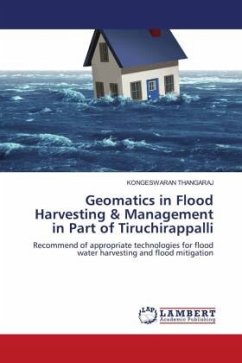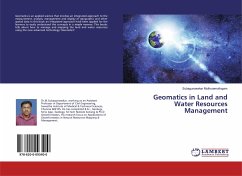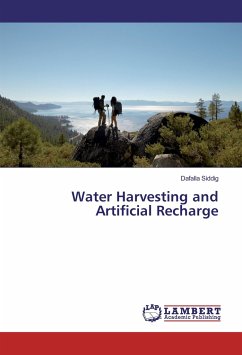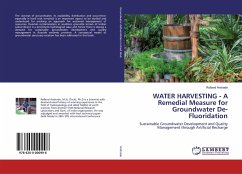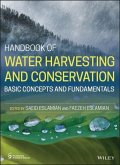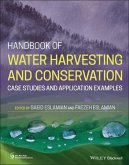Water scarcity frequently has an impact on those who live in semiarid regions with insufficient rainfall. In order to find appropriate locations for floodwater harvesting to cause artificial recharge that raises the groundwater level, the upper delta region of the Cauvery River Basin in southern India was chosen. This study's objective is floodwater harvesting using technical design and location selection for artificial recharge structures. GIS were used to produce the ood hazard map and recommend suitable areas for oodwater harvesting. On the basis of the hazard map, appropriate recharge structures were identified and thematic layers were prepared and overlaid to determine the flood-vulnerable zones. This useful map will be used by planners, decision-makers, and hydrologists to quickly pinpoint the areas with the best chances of collecting floodwater. According to the study's findings, geospatial technology is very useful for mapping flood vulnerable zones, harvesting floodwater, and suggesting management plans to raise groundwater levels for sustainable development.
Bitte wählen Sie Ihr Anliegen aus.
Rechnungen
Retourenschein anfordern
Bestellstatus
Storno

